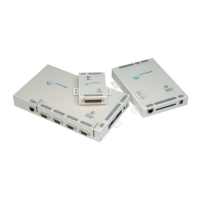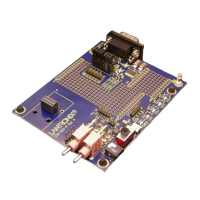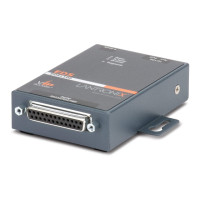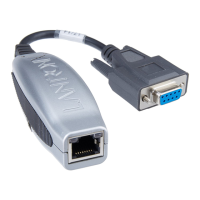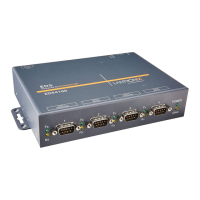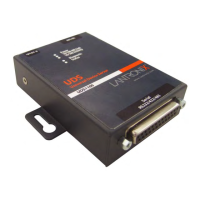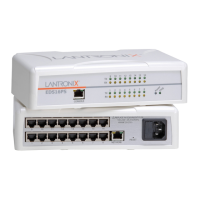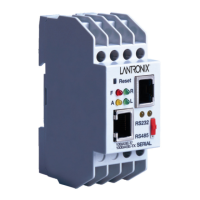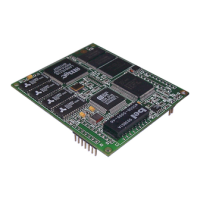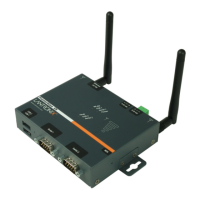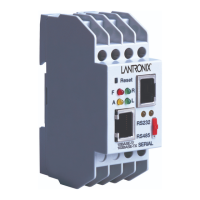13: Maintenance
SLC™ Console Manager User Guide 240
3. You have the following options:
- To add the defined event, click the Add Event button. The event displays in the Events
table at the bottom of the page.
- To edit an event, select the event from the Events table and click the Edit Event button.
The Maintenance > Events page displays the event.
- To delete an event, select the event from the Events table and click the Delete Event
button. A message asks for confirmation. Click OK.
4) To save, click Apply.
Events Commands
To manage the response to events that occur in the SLC unit:
admin events add <trigger> <response>
<trigger> is one of:
|receivetrap|templimit|humidlimit|overcurrent|dpdatadrop
|inletstatus|nomodemdial
<response> is one of:
action <syslog>
action <fwdalltrapseth|fwdseltrapeth> ethport <1|2> nms <SNMP NMS>
community <SNMP Community> [oid <SNMP OID>]
action <fwdalltrapsmodem|fwdseltrapmodem> deviceport <Device Port
# or Name> nms <SNMP NMS> community <SNMP Community> [oid <SNMP
Trap OID>]
action <fwdalltrapsmodem|fwdseltrapmodem> usbport <U1>
pccardslot <upper|lower>
nms <SNMP NMS> community <SNMP Community> [oid <SNMP Trap OID>]
action <emailalert> emailaddress <destination email address>
To update event definitions:
admin events edit <Event ID> <parameters>
Parameters:
community <SNMP Community>
deviceport <Device Port # or Name>
ethport <1|2>
Modem Connection
on
For actions that require a modem connection (for example, Forward All Traps to a
Modem Connection, select which device port or USB port/PC Card with a modem
connection to use.
NMS/Host to forward
trap to
For actions that forward a trap, enter the IP address of the computer to forward the
trap to. The computer does not have to be an SNMP NMS; it just has to be capable
of receiving SNMP traps.
SNMP Community Forwarded traps are sent with this SNMP community value
There is no default.
SNMP Trap OID Enter a unique identifier for an SNMP object. (An SNMP object is anything that can
hold a value and can be read using an SNMP "get" action.) The OID consists of a
string of numbers separated by periods (for example, 1.1.3.2.1). Each number is
part of a group represented by the number on its left.
Email Addresses Enter an email address to receive email alerts.
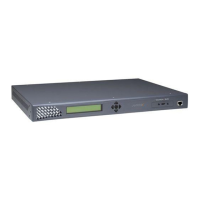
